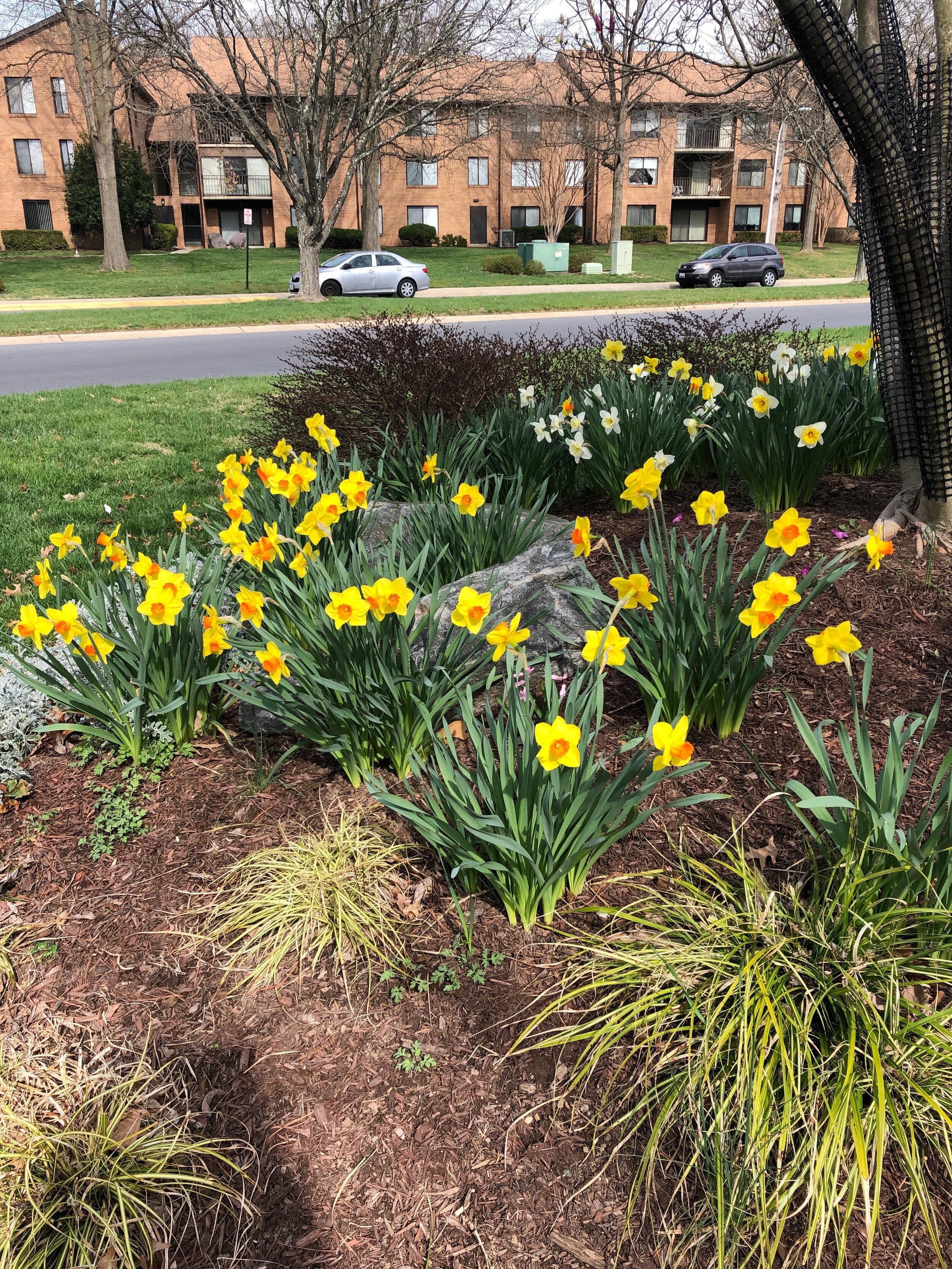Forest Glen Area of Silver Spring
/Woodland Drive with Getty Park in the distance
My blog and website highlight the work I do with seniors so well that I think my other specialization can get lost in the shuffle. I actually live in the Forest Glen area of Silver Spring, and I frequently help people of all ages buy and sell homes here. Silver Spring is a really large area, and I’m quite familiar (and happy to help people buy and sell) in all of it, but I have a special affinity for Forest Glen. We bought our first house here almost 18 years ago, and when we reached the point of needing a bigger house (with 3 growing boys), we chose to put an addition on our home, rather than moving. This area is just too special to leave.
My definition of the Forest Glen area includes the area within a mile or so of Georgia Ave, on both the east and west sides, that starts just north of the Beltway (495) and goes to just south of downtown Wheaton. This area has gotten a lot of press lately for being affordable, walkable, and community-focused.
Our house (and most in the area) is walkable to two metro stops (Forest Glen and Wheaton, both on the red line), the Sligo Creek Trail, four parks with playgrounds (most also have basketball courts, tennis courts, walking paths, and picnic shelters), two swim clubs, and downtown Wheaton, with its many shops and restaurants. Holy Cross Hospital is located here. Downtown Silver Spring is also walkable if you’re willing to walk a little further. It is very easy to get on the Beltway, and this area of the Beltway is close to both 95 and 270.
I will dedicate future posts to the individual neighborhoods that are within Forest Glen, but just wanted to introduce you to this area, if you’re not familiar with it! Please feel free to contact me if you’re considering buying or selling a home in this area— I’d be happy to help!
Brisbane Street in Forest Estates







